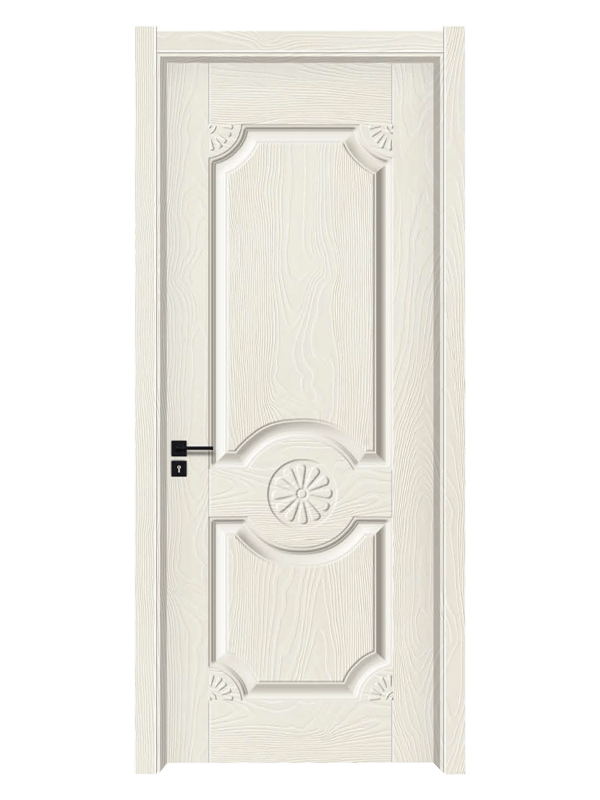Design premium modern door skin Manufacturer

The modern door skin has become an essential element of contemporary architecture, combining both aesthetic appeal and functionality. Today’s door skins are far from the traditional wooden panels that once dominated home and commercial spaces. They are now highly engineered surfaces that reflect the latest trends in design, technology, and material innovation. In recent years, there has been a noticeable shift toward minimalistic and futuristic designs, where the door skin plays a crucial role in enhancing the overall ambiance of the space while providing functionality that goes beyond just aesthetics.
One of the prominent trends in modern door skin design is the embrace of minimalism. As design sensibilities evolve, there is a growing preference for simplicity and clean lines. The trend toward minimalist door skins often means sleek, unembellished surfaces that contribute to a serene and uncluttered look. This design ethos is reflected in the rise of frameless doors and hidden door skins, where the door blends seamlessly with the surrounding wall or cabinetry. These door skins are crafted to provide a uniform surface, allowing for the creation of a sophisticated, unobtrusive appearance that enhances the overall flow of a room. The simplicity of these modern door skins makes them an ideal choice for those seeking a contemporary yet timeless aesthetic.
Equally important to the design of modern door skins is the use of innovative materials and textures that continue to evolve in the market. The choice of materials can have a significant impact on both the look and feel of a space. In recent years, the combination of wood veneers, glossy paint finishes, and metallic elements has gained significant traction in the design of modern door skins. Wood finishes remain a classic choice, but today’s modern door skins often feature refined, high-quality wood veneers that are both sustainable and visually striking. These veneers are available in a range of finishes from matte to high-gloss, offering diverse ways to express style and personality. Metallic door skins, including those made from stainless steel or brushed aluminum, are also gaining popularity, lending a sleek, industrial look to modern spaces. These materials provide a sophisticated edge and are often used in commercial applications, where durability and aesthetic appeal need to be balanced.
The role of color and texture in modern door skins cannot be overlooked. As interior design trends shift toward more personalized and dynamic spaces, the door skin becomes an essential component in making bold style statements. Bright, bold colors and textures like leather and fabric can be incorporated into door skins to create a more unique and personalized feel. Additionally, there is a growing trend toward high-gloss, reflective finishes, which not only add elegance to the door skin but also help create the illusion of a larger space. Such finishes are popular in modern apartments and offices, where enhancing space and light are a top priority.
Technology has also played a significant role in the development of modern door skins. The integration of smart technology into modern door skins has led to the creation of doors that are not only visually stunning but also functional and secure. These smart door skins often feature advanced locking systems, such as biometric scanners or fingerprint recognition, making it easier for homeowners and businesses to manage access. Motion sensors and automatic openers are increasingly common, providing a higher level of convenience and safety. In addition, some modern door skins are equipped with integrated lighting that highlights the door's design or automatically adjusts to changing ambient conditions. These technological advancements make the door skin an integral part of the smart home ecosystem.
The increasing focus on energy efficiency has also influenced modern door skin designs. Manufacturers are now developing door skins that offer better insulation properties, helping to maintain comfortable indoor temperatures while reducing energy consumption. Materials like high-performance glass, thermally efficient metals, and insulated composites are being used to create modern door skins that provide good thermal insulation. These doors not only look great but also help improve the overall energy efficiency of a building.
In conclusion, modern door skins are far more than functional barriers between spaces; they are integral components of the design and technological fabric of modern homes and offices. The shift toward minimalist aesthetics, combined with the use of advanced materials and cutting-edge technology, has transformed the humble door into a sophisticated feature that enhances the visual and functional aspects of a space. Whether through seamless, frameless designs, the use of luxurious materials, or the integration of smart technologies, modern door skins are continuously evolving to meet the needs and tastes of today’s design-conscious consumers. With endless possibilities for customization and innovation, the future of modern door skin design promises even more exciting developments in both form and function.

 English
English Español
Español русский
русский Türk
Türk عربى
عربى







